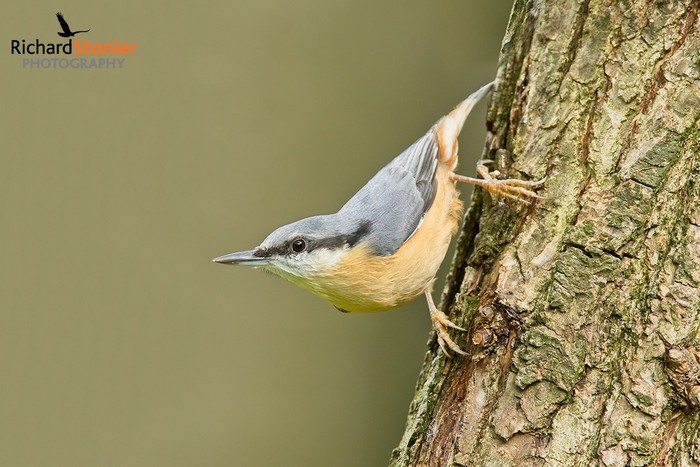A graveyard for birds in northern Spain
New research shows eucalyptus plantations are decimating bird diversity in the Basque Country’s once-rich forests.

Decline in diversity: eucalypts under scrutiny
In the Basque Country, once characterised by native oak woodlands and rich forest biodiversity, the rapid expansion of eucalypt plantations is raising serious ecological concerns. A new study by researchers from the University of the Basque Country provides the clearest evidence yet that these fast-growing exotic trees are dramatically reducing bird diversity across the landscape. Comparing bird communities in native forests, pine plantations, and eucalypt stands, the study found that eucalypt plantations support significantly fewer species, with particularly sharp declines in forest specialists.
While pine plantations fared moderately better, neither form of monoculture came close to matching the richness or abundance of birds found in native woodlands. The differences were not just in numbers: bird communities in eucalypt plantations were distinctly different from those in other forest types, with many sensitive or specialist species entirely absent.
Winners and losers: who thrives, who disappears
Of the 31 bird species recorded across all sites, only 15 were found in eucalypt plantations, and none of them exclusively. Native forests hosted 28 species, including eight that were not found anywhere else - among them the Marsh Tit (Poecile palustris), Eurasian Nuthatch (Sitta europaea), and Mistle Thrush (Turdus viscivorus). Pine plantations offered a somewhat intermediate refuge, but only one species was unique to them: the Great Spotted Woodpecker (Dendrocopos major).
Birds most strongly associated with native forests included the Firecrest (Regulus ignicapilla) and Robin (Erithacus rubecula), while species like Dunnock (Prunella modularis) and Bullfinch (Pyrrhula pyrrhula) were relatively more common in eucalypt stands - perhaps due to their generalist diets and tolerance for simplified habitats.
Forest traits that matter: height, structure, and shrubs
Tree height and forest type were the strongest predictors of which birds were present. Native forests, with their diverse canopies, rich understorey, and deadwood, offered a much wider variety of niches. These conditions benefit cavity-nesters, insectivores, and frugivores alike. In contrast, eucalypt plantations were typically short-rotation monocultures with simplified structure and poor understorey development, features that limit both nesting and feeding opportunities.
Even pine plantations, which are often managed more intensively than native forests, had greater vertical and horizontal complexity than eucalypt stands. This allowed them to support some forest species, although their communities still diverged significantly from those in native woodland.
Birds and berries: the web of interaction
One of the most striking findings from the study was the central role of berry-bearing plants in shaping bird communities. Forest birds had significantly more interactions with native berry-producing shrubs such as Honeysuckle (Lonicera periclymenum) and St John’s Wort (Hypericum androsaemum) than with any tree species. These plants not only provide food, but also nesting and shelter opportunities - especially in dense, moist forests like those in the Basque Country.
Such interactions were dramatically fewer in eucalypt plantations, which tend to suppress native understorey growth through shading and allelopathy. With fewer berries and native shrubs, birds that rely on these resources are simply unable to persist. This loss of ecological links also affects seed dispersal, further undermining the regeneration of native plants.
Policy implications: rethinking forest futures
With eucalypt plantations increasing rapidly - the area in the Basque Country doubled between 2005 and 2024 - the findings of this study come at a critical time. Landowners are increasingly turning to eucalyptus for its rapid growth and timber value, especially as pine suffers from disease. But the ecological costs are now hard to ignore.
The authors call for an urgent reassessment of forest management strategies, advocating for the conservation and restoration of native forests, especially in areas of steep terrain where plantations may have outsized ecological impacts. They also recommend incorporating unmanaged retention strips within plantations and promoting mixed-species canopies to enhance habitat heterogeneity.
As the region weighs economic returns against biodiversity conservation, this study provides a vital reminder: not all forests are equal, and some offer far more than just timber.
July 2025
Share this story







